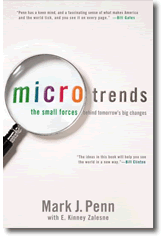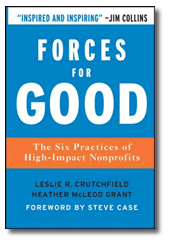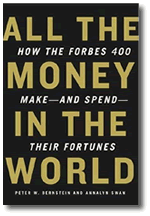Book Review: The Opposable Mind
Friday, May 30th, 2008Martin, Roger L. The opposable mind : how successful leaders win through integrative thinking. Harvard Business School Press, 2007.
Author, and Dean of the Rotman School of Business, at the University of Toronto, Roger Martin studied fifty superior business leaders to discern a shared theme — what makes these people successful? He found that these successful business leaders had a special way of thinking. When faced with problems, they all were predisposed to construct solutions using diametrically opposing ideas, those that seem, on the surface, to be mutually exclusive. Successful leaders avoided settling for one alternative or another, but instead they produced a synthesis that was superior to either of the opposing ideas. Martin calls this thinking process Integrative thinking.
One example that Martin uses is a local company, Red Hat in Research Triangle Park. In the mid 1990’s the software industry was dominated by two business models. In the proprietary software model, companies invested heavily in research and development, guarded their intellectual property and charged high prices. These companies had high profit margins. The alternative model was the free software model where suppliers sold CD-ROMs that included both software and the source code. Prices were low but volume was high. These seemed to be the only two alternatives.
(more…)






